Mathematical Topics: Counting.& Ordering, Puzzles
Relevance: China & Korea
Suggested Age: 9th | 10th | 11th | 12th

Lesson Summary:
This lesson will examine how magic squares are created and when they were first used, as well as delving into the history of their creation and the links between magic squares and magic and culture. Then we will move briefly into a look at Korean Hexagonal Tortoises and the somewhat more complicated patterns and math behind creating the hexagonal puzzles.
Remember that the lesson guides are just suggestions. Feel free to create your own options, use some of our suggested ones or even use it all. Most importantly consider your student population, involve them in the research and expand the lessons to fit your needs.
Our Lesson Plan
Our lessons are made to be printed or downloaded. Please do so through the link below.
Our Presentation
Our presentations are made to be printed or downloaded. Please do so through the link below.
Hook: (5 minutes, slides 2-3)
Before you pass out the worksheet have students carefully examine the two images on slide #2.. Then students share what they think may be relevant about the images. Students will then look at the images with numbers (slide 3) as you pass out the worksheet and ask again what they notice and what they wonder. Students should also write their ideas/questions on the worksheet.
Relevance Explored: (15 minutes; slides 4-8):
1) Through the reading from “The Crest of the Peacock” on student worksheets and/or through the two videos listed, students learn more about the history of magic squares.
2) Slides 5-7 explain some of the “magic” or connection to FengShui and how magic squares are still used in China and other parts of the world to aim for a balanced lifestyle.
3) Students try to create their own magic squares of order 4.
Student Discussion: (5 minutes)
Students discuss both the information about magic squares and their methods for creating magic squares.
Hook: (5 minutes, slides 9-10)
Before you pass out the worksheet have students carefully examine the two images on slide #2.. Then students share what they think may be relevant about the images. Students will then look at the images with numbers (slide 3) as you pass out the worksheet and ask again what they notice and what they wonder. Students should also write their ideas/questions on the worksheet.
Mathematical Exploration: (5 minutes; slides 12-13)
For the Hexagonal Tortoise problems, students can explore how to find the equations for different size “tortoises” (hexagons). The worksheet lays out the shapes and asks for using each vertex in the grid that is given a number, from 1 to n (the number of vertices total), and to find the value of each hexagon is determined by adding up the 6 vertices at its points. After examining a “tortoise” that is fully labeled with numbers, students are asked to solve a 16 vertex tortoise. Then they are asked to find the formula for an “n” sided tortoise.
Extension Activities:
There are many other good lessons on magic squares, including this NCTM one with a good worksheet that focuses on Magic Squares in and how the ideas traveled around the world, with a focus on India, suggested for grades 6-8 but challenging enough for high school:
- https://www.nctm.org/Classroom-Resources/Illuminations/Lessons/Magic-Squares/
- And worksheet https://www.nctm.org/uploadedFiles/Content/Lessons/Resources/6-8/655-AS-Uncovering.pdf
- Or this one suggested for elementary through 5th grade: https://www.nctm.org/Classroom-Resources/Illuminations/Lessons/Magical-Magic-Squares/
- Or here is another brief fun worksheet: https://www.nctm.org/Classroom-Resources/Problems-of-the-Week/Magic-Square-Jumble/
- And a way to teach how to find all 3×3 magic squares: Magic Squares.docx
- A ‘Latin Square” (developed by Choi in Korea first!) example and exploration can be found here: https://nrich.maths.org/108/solution
- Or more about why hexagons are so important in nature: https://www.zmescience.com/feature-post/natural-sciences/mathematics/hexagon-shape-nature-physics-13092021/
More Lessons
Below you’ll find our resources which are filterable by their age group and mathematical topic.
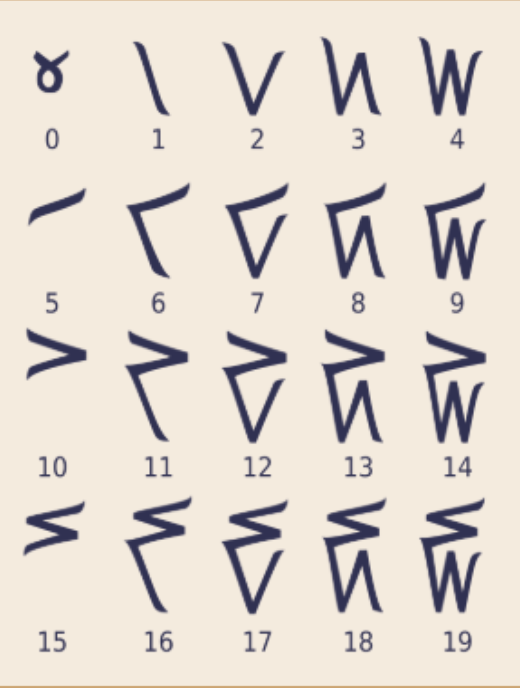
Kaktovik Numerals & Base 20

Tessellations in West African Hair Braiding

Density in Dominican Cakes compared to American Cakes
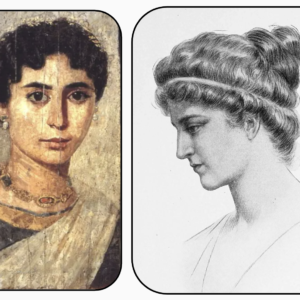
Hypatia of Alexandria & Conic Sections
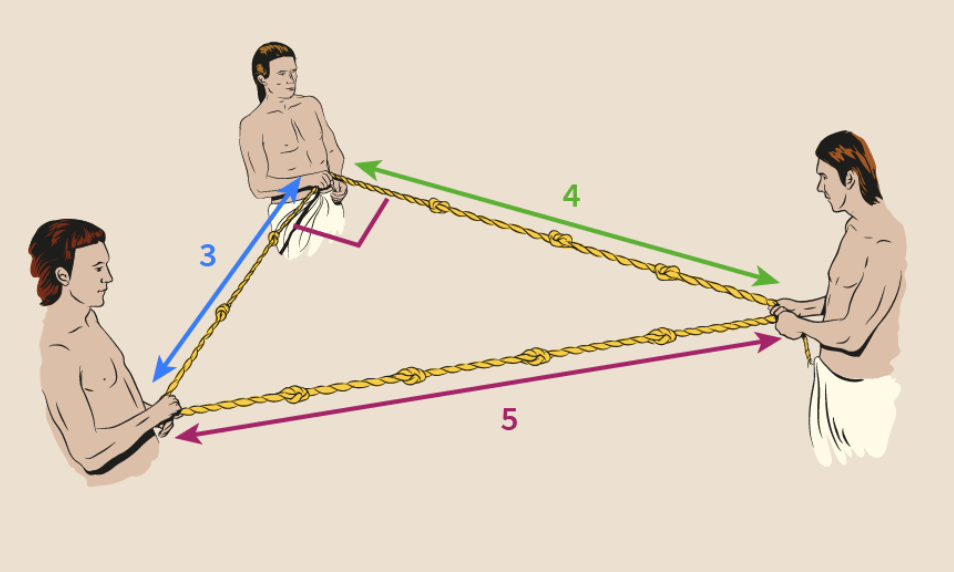
Ancient Egyptian Base 10 Number System & Doubling Method
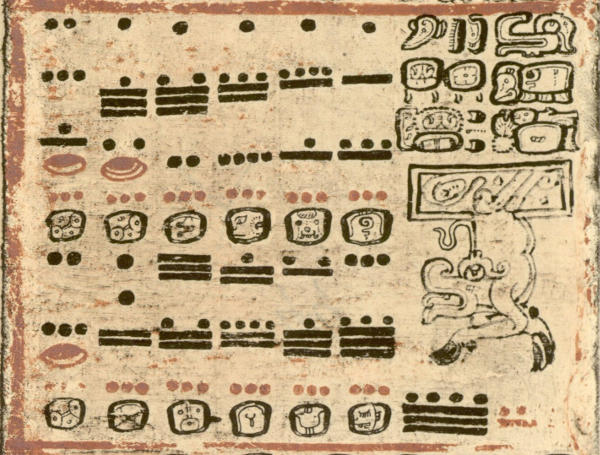
Maya Calendar & Base 20 Number System
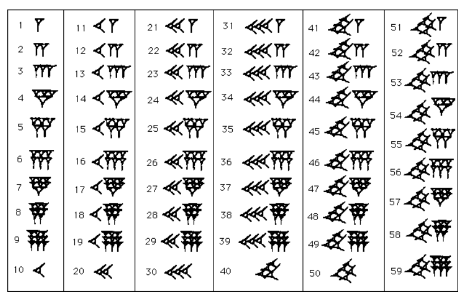
Ancient Babylon Base 60 Number System
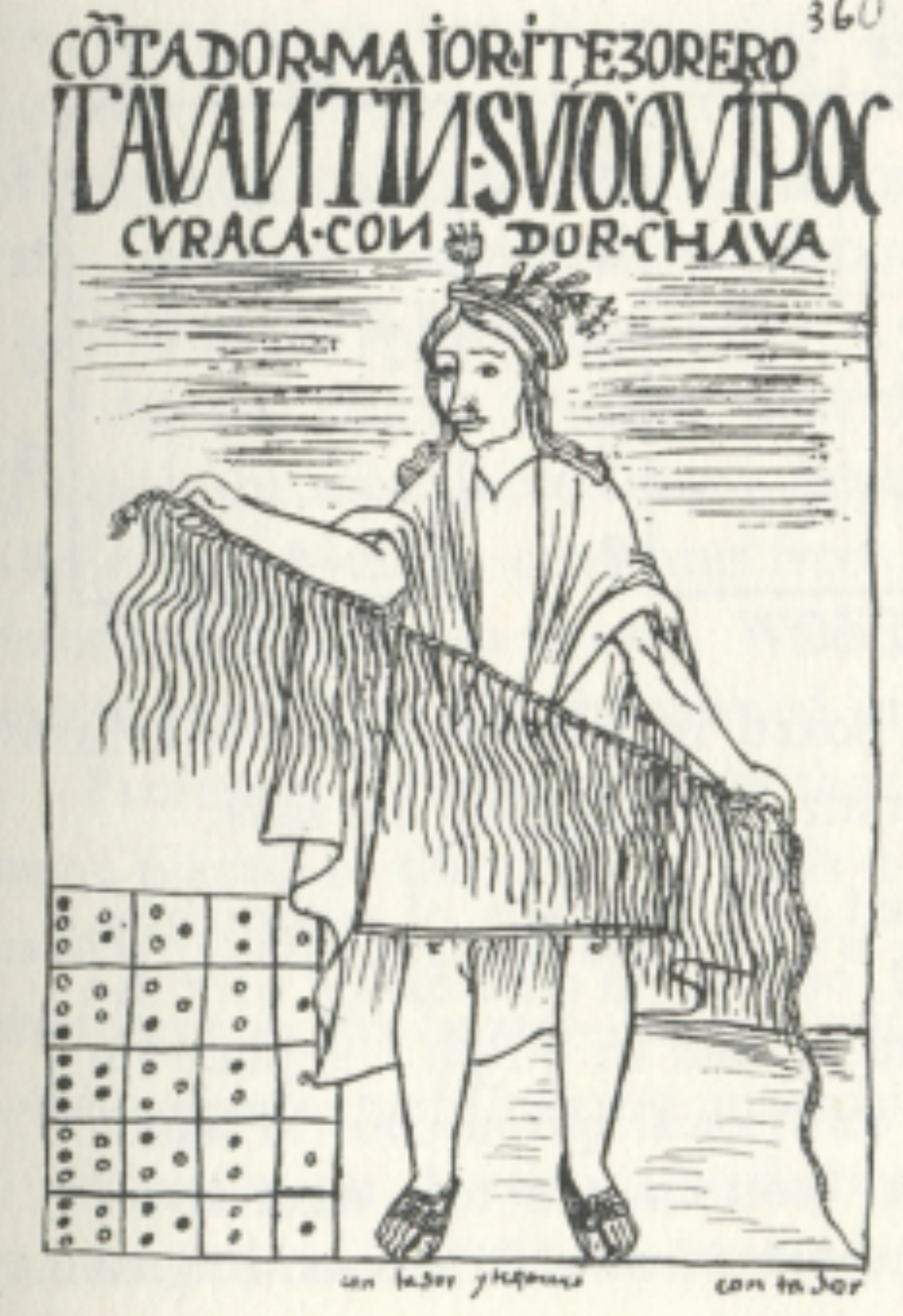
The Origins of Fibonacci’s Sequence
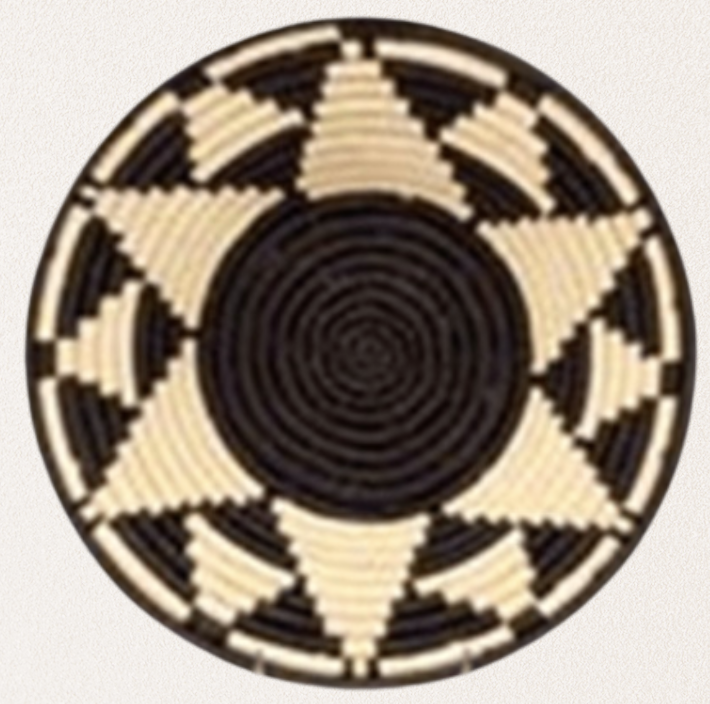
African Baskets & Regular Polygon Rotations
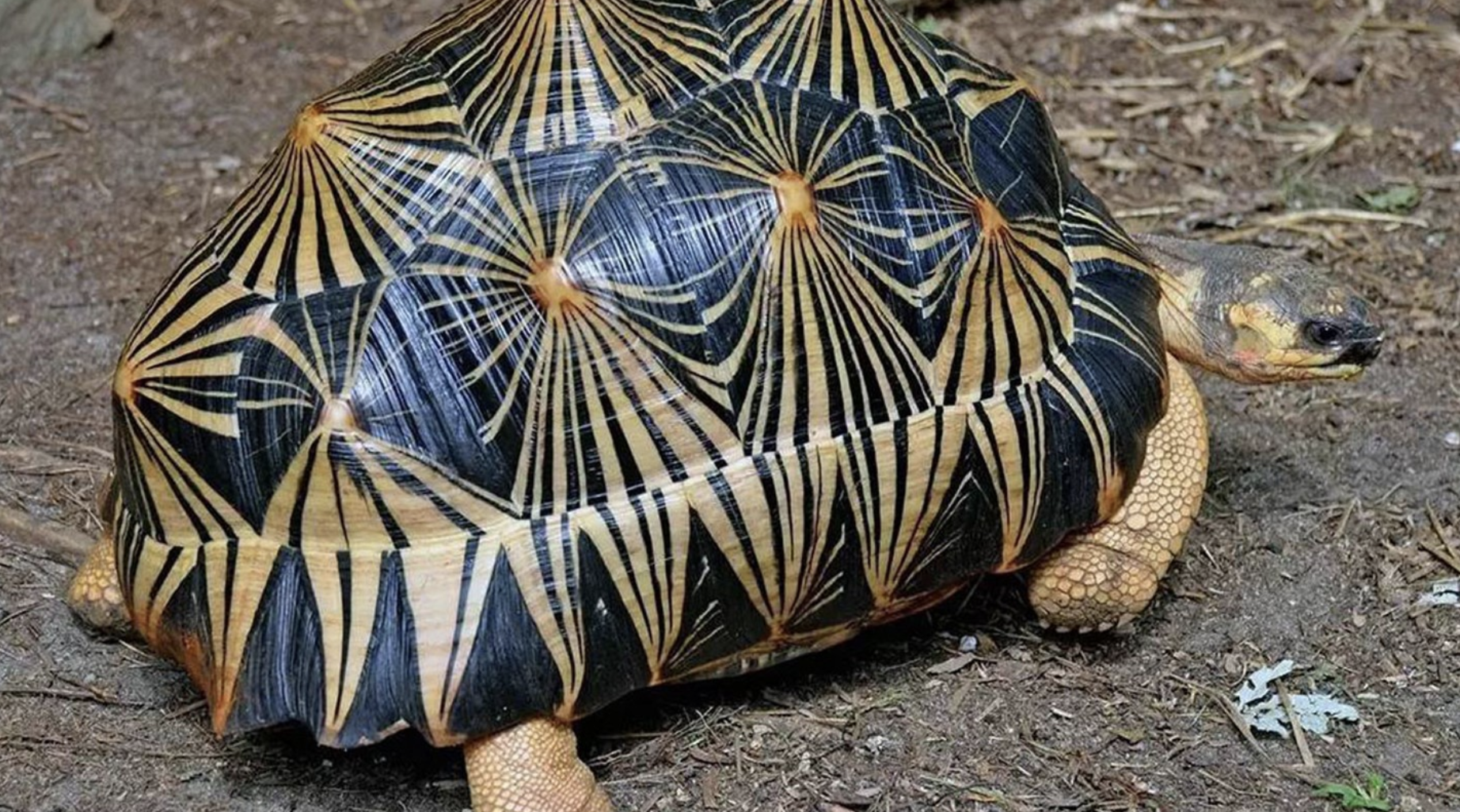
Ancient Mathematical Puzzles: Magic Squares and Hexagonal Tortoises
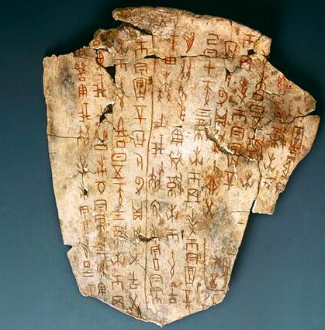
Oracle Bones & Counting Rods

